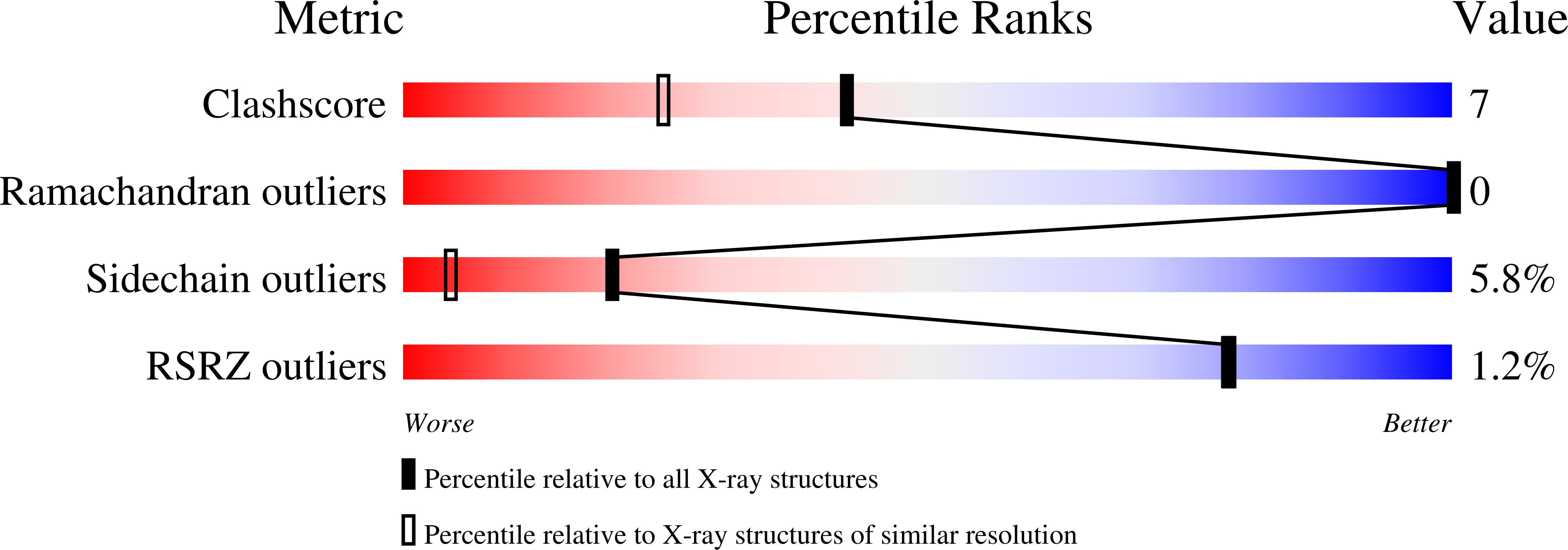
Deposition Date
2008-06-03
Release Date
2009-03-03
Last Version Date
2023-08-30
Entry Detail
PDB ID:
3DCC
Keywords:
Title:
Use of Carbonic Anhydrase II, IX Active-Site Mimic, for the Purpose of Screening Inhibitors for Possible Anti-Cancer Properties
Biological Source:
Source Organism:
Homo sapiens (Taxon ID: 9606)
Host Organism:
Method Details:
Experimental Method:
Resolution:
1.60 Å
R-Value Free:
0.20
R-Value Work:
0.14
Space Group:
P 1 21 1


